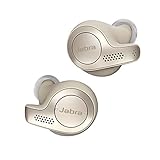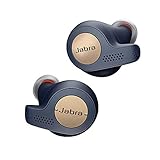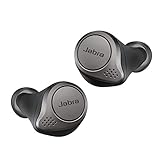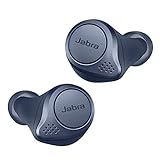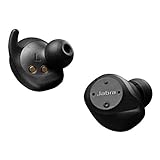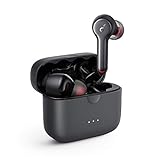Bang & Olufsen Beoplay E8 2.0 vs Beoplay E8 3rd Generation - Where are the differences?
Where are the differences?
The two True-Wireless headphones of the Bang & Olufsen brand differ in a few ways. Let's take a closer look at the differences between the Bang & Olufsen Beoplay E8 2.0 and Bang & Olufsen Beoplay E8 3rd Generation in comparison.
Which headphones have the better battery life?
A crucial point for headphones without cables is always the battery life. Here many headphones differ and the capacity grows from year to year. The battery life of the Bang & Olufsen Beoplay E8 3rd Generation is longer here with 7,0 hours, which is of course better. With a lower battery life of up to 4,0 hours, the Bang & Olufsen Beoplay E8 2.0 scores worse at this point. Depending on the settings, the battery life turns out significantly lower. The specifications always refer to the ideal case.
For true-wireless headphones, an additional battery in the case has become popular. This way the headphones gain more battery life and can be conveniently charged on the go. Here the Bang & Olufsen Beoplay E8 3rd Generation* offers more power overall. With Case, the headphones have a battery life of up to 35,0 hours. With the Bang & Olufsen Beoplay E8 2.0, the battery life is up to 16,0 hours.
Wie werden die Kopfhörer geladen?
Bei dem Ladenanschluss setzten beide Geräte auf die gleiche Technologie. Beide werden per USB-C geladen.
Ein höhrer Standard ist hier immer besser. Die Ladedauer wird verkürzt und du kannst, wenn alle Geräte aktuell sind, die gleichen Kabel nutzen.
Die Ladedauer der Geräte:
- Bang & Olufsen Beoplay E8 2.0*: 30,0 minutes Ladezeit für 1,0 hours Akkulaufzeit
- Bang & Olufsen Beoplay E8 3rd Generation*: 20,0 minutes Ladezeit für 1,5 hours Akkulaufzeit
The charging stations from both headphones can also be charged wirelessly. This is often referred to as Qi charging. Here, the case can be placed on a Qi charging station and will charge completely without a wired connection.
Noise Cancelling: ANC
Practical, but not always available: Atkive Noise Cancelling. Both headphones come without Active Noise Cancelling (short: ANC). Thus, you have to do without active noise cancellation with the Bang & Olufsen Beoplay E8 2.0 and the Bang & Olufsen Beoplay E8 3rd Generation.
How many microphones are there?
Let's move on to the topic of microphones, which also have an impact on voice quality and noise cancellation. Most headphones no longer relied on just one microphone, but several. Here, with 2 microphones per earbud, there is no difference.
Welche Bluetooth Version ist verbaut?
Die beiden TWS-Kopfhörer aus dem Vergleich laufen über Bluetooth. Eine höhere Version ist hier immer besser und wirkt sich auf die Übertragung wie auch den Energieverbrauch aus. Vergleichn wir hier den Bang & Olufsen Beoplay E8 2.0 und Bang & Olufsen Beoplay E8 3rd Generation, sehen wir Unterschiede:
- Bang & Olufsen Beoplay E8 2.0: Bluetooth 4.2
- Bang & Olufsen Beoplay E8 3rd Generation: Bluetooth 5.1
Driver size of the headphones
.The larger the driver of a headphone, the better it can reproduce low tones (bass). At this point, the two headphones do not differ. Both have a driver size of 5 mm.
Can the earbuds be used separately?
The right earbud can be used independently of the left earbud on almost any True-Wireless headphone. This is also the case with both devices from this comparison. Rarely, the left headphone can be used separately, because they work in dependency of the right ear plug. Mostly the right headphone is the so called master. ) Neither the Bang & Olufsen Beoplay E8 2.0, nor the Bang & Olufsen Beoplay E8 3rd Generation supports this special feature.
Are there changeable attachments?
For better carrying comfort, both wireless headphones from the comparison offer interchangeable attachments. The number of pieces is also identical with . Thus, we have no winner and no loser at this point.
Are the headphones waterproof?
Both headphones from the comparison have IP54 certification. However, an IP certification does not directly mean waterproof. Depending on the certification, the headphones are only water- or sweat-resistant. However, a higher number in the certification is generally better. With Bluetooth headphones there is also the problem that Bluetooth is disturbed by water. Thus, the use when swimming is only possible with special headphones.

